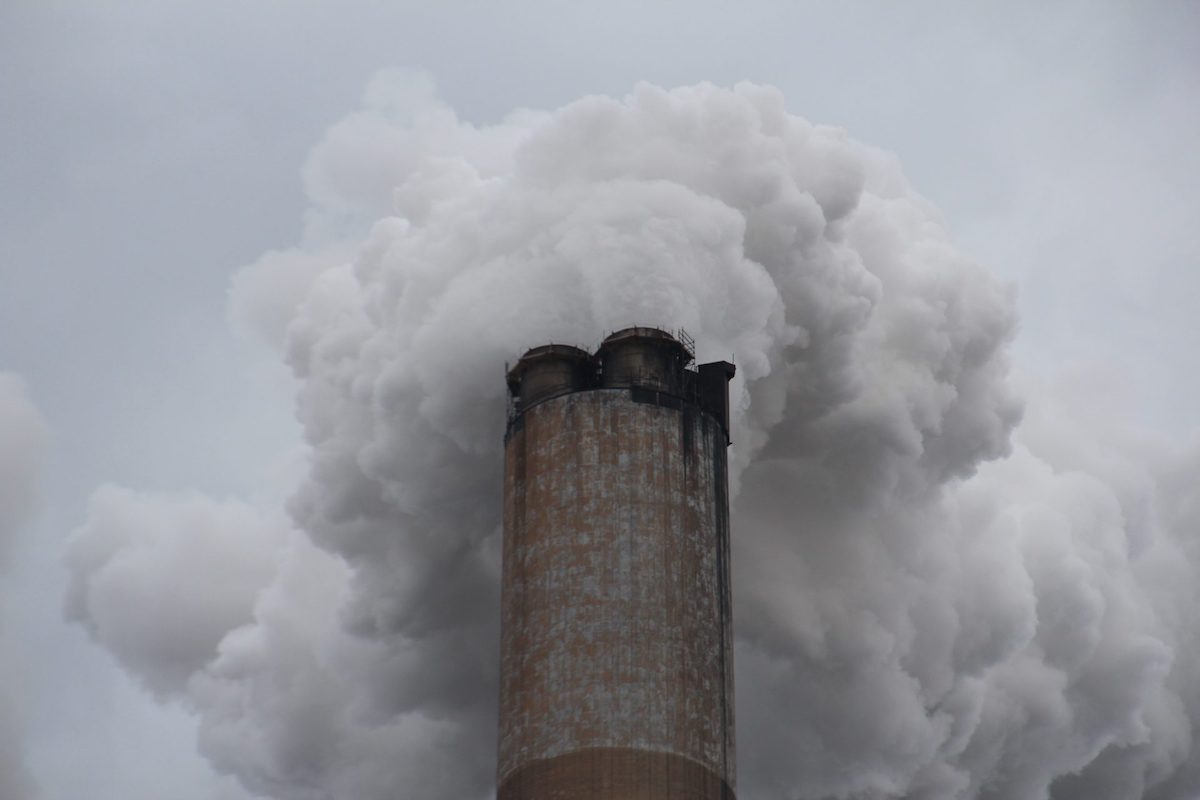Under Trump, What Will Happen to the Clean Power Plan?
President Trump has promised a rollback of several environmental rules, including a big Obama-era initiative to curb carbon emissions known as the Clean Power Plan. As of now, that plan is tied up in federal court because of a lawsuit filed by coal states like Oklahoma and West Virginia.
So what will the fate of the plan likely be now that Trump is in office? According to Grant MacIntyre, director of the University of Pittsburgh’s Environmental Law Clinic, getting rid of many existing regulations won’t be as easy as signing an executive order.
“For the most part, any significant changes or deletion of rules would be required to go through a notice and comment rulemaking process,” MacIntyre says. “There will be some work that will need to be done by the administration in advance of even challenging the pre-existing rules.”
Dahlia Lithwick, who covers the Supreme Court for Slate, also says don’t be surprised if blue states bring their own legal challenges if Trump attempts to roll back regulations. In fact, she says red states’ attack on the Clean Power Plan may have inadvertently provided the template for challenges to actions coming from the executive branch.
“States have made incredibly expansive arguments about their authority to bring suit and challenge [these rules],” Lithwick says. “So there’s a strange flip that will now happen where instead of Texas bringing challenges, you’re going to see California and Washington state bringing challenges using the exact same analysis that was used against the Obama regulations.”
You can listen to more of our conversation with Dahlia Lithwick and Grant MacIntyre — including their take on what Trump’s Supreme Court pick means for the environment — on this week’s episode of our new podcast, Trump on Earth.
Reporting by Kara Holsopple and Julie Grant
Rule Protecting Lakes, Streams and Wetlands is in Limbo
The Clean Power Plan is not the only Obama-era regulation the Trump administration has pledged to overturn. Also in the crosshairs: The Waters of the U.S. Rule, which defines which rivers, streams and wetlands fall under the jurisdiction of federal agencies like the EPA and Army Corps of Engineers.
Farmer Matt Durbin wouldn’t mind seeing the rule go. Durbin’s 2,400 acres of corn, soy and wheat flood a lot, and he worries that might make his farm subject to more federal oversight.
“My fear with the whole Waters of the U.S. Rule is basically all of my land here, they have control and say over within this rule,” Durbin says.
But President Obama’s EPA director Gina McCarthy says under the new Clean Water Rule, farmers have the same exemptions as before. “It’s basically a rule that simply says if you’re going to destroy a river or stream, make sure that it will not have an impact on downstream rivers and streams that are necessary for drinking water.”
McCarthy says the EPA spent years evaluating scientific studies and identifying specific waterways that need protection before finalizing the rule in 2015. But it faced numerous lawsuits and never went into effect. Daniel Durden, CEO of the Pennsylvania Builders Association, is among those that just want to get rid of it. “From our point of view, withdrawal of the rule would be ideal.”
The Trump administration would need a legal or scientific reason to scrap it. As it stands, the Supreme Court is deciding which lower court is appropriate to hear the case against the Waters of the U.S. Rule.
Reporting by Julie Grant


